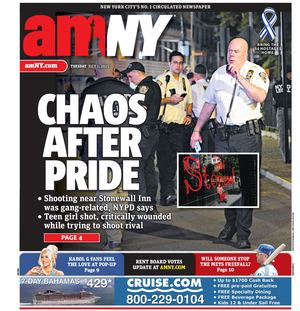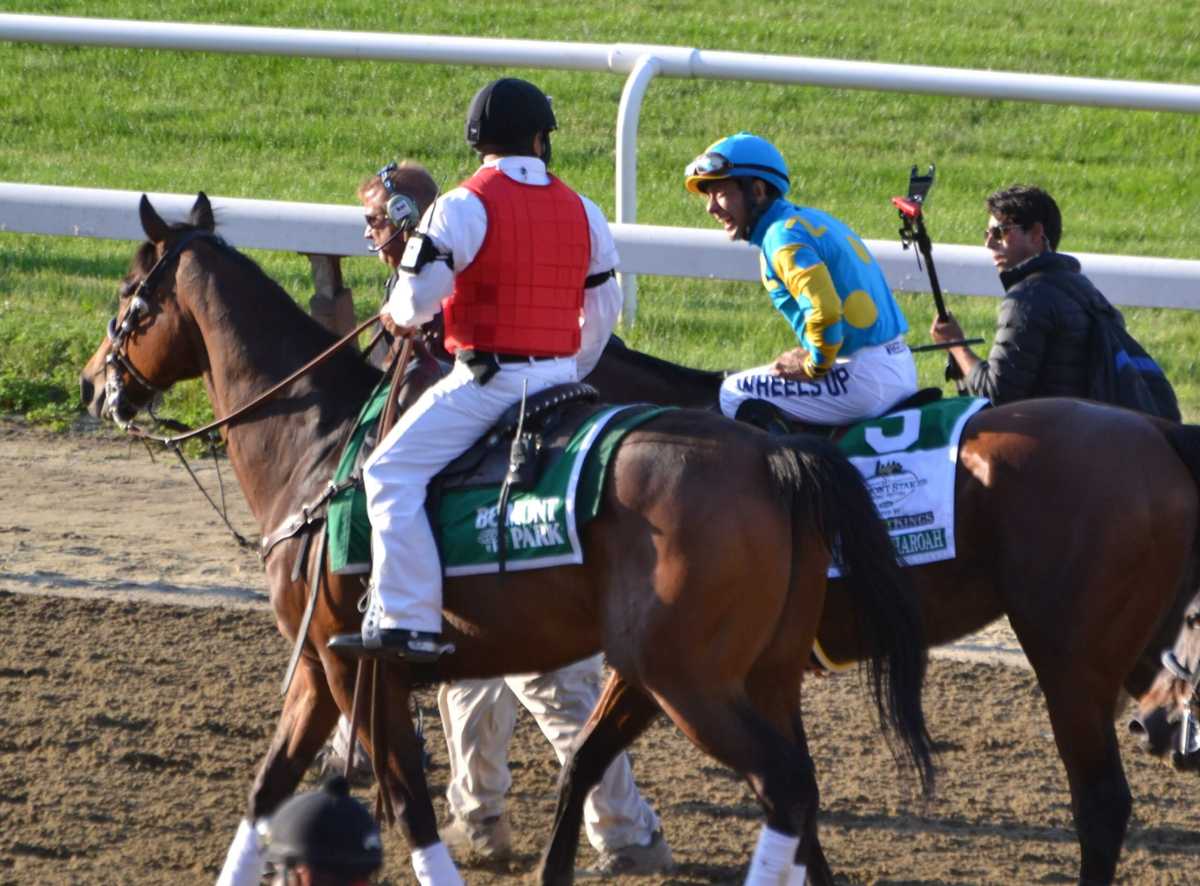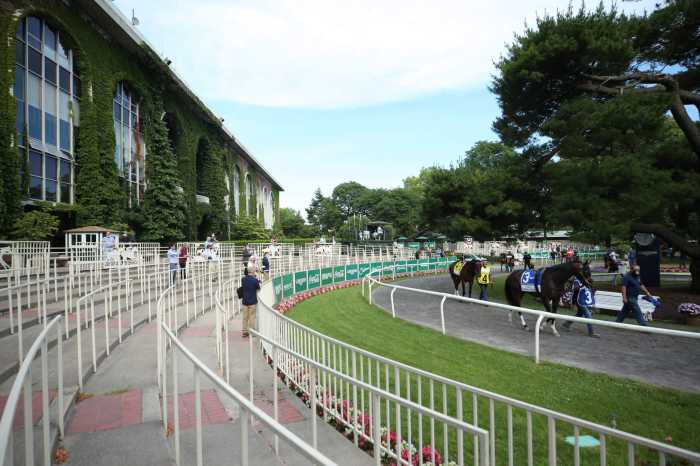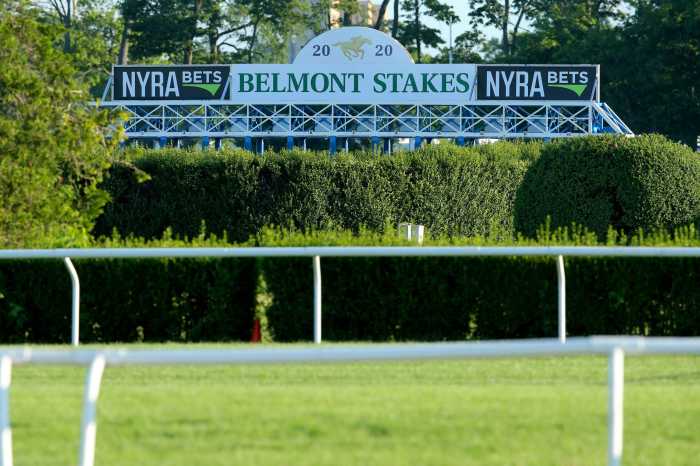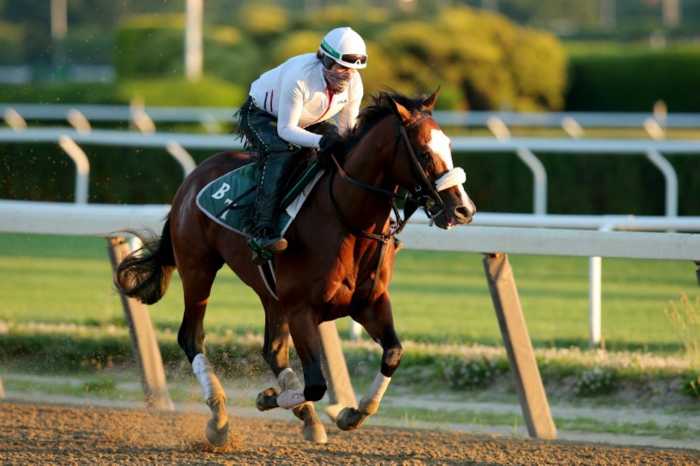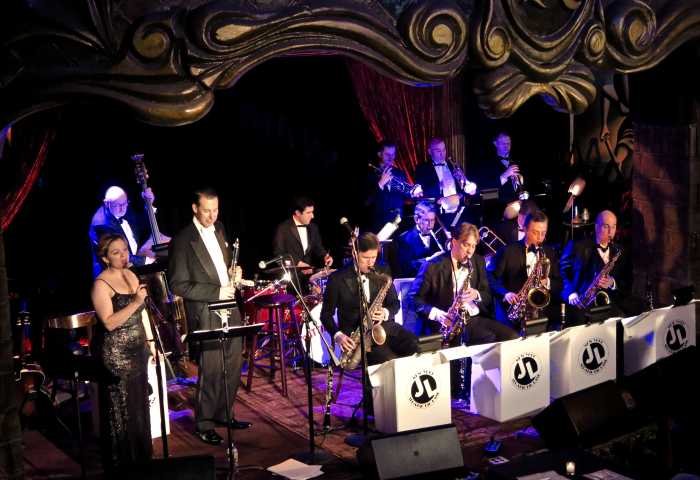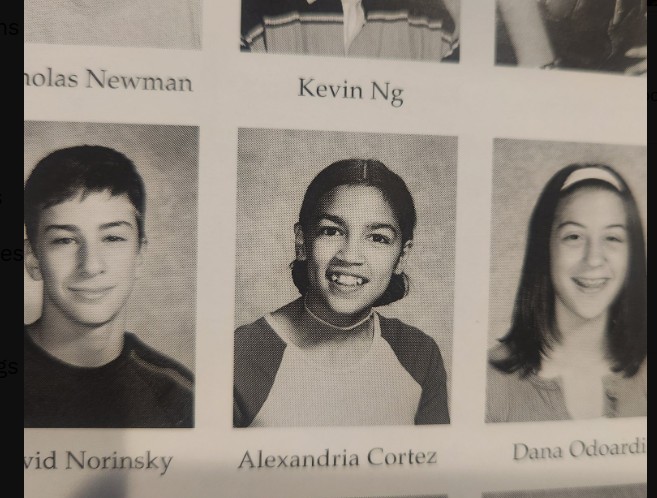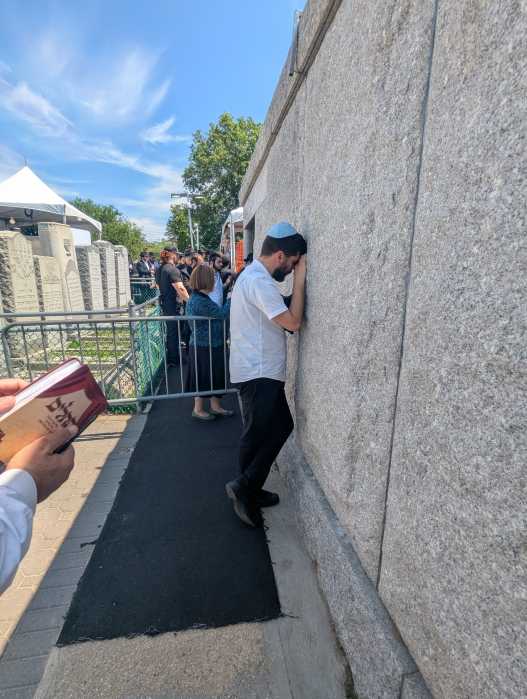This year’s Belmont Stakes figures to be a great race in which the main focus will be on whether Rich Strike can validate his upset Kentucky Derby win with a victory in the “Test of the Champion.”
It’s the first time since Gato Del Sol in 1983 that the Kentucky Derby winner forewent a Triple Crown bid by skipping the Preakness and training up to the Belmont Stakes. The decision by Rich Strike’s owners to freshen up the horse was prudent, but it also removed the spice from the Belmont Stakes that only a Triple Crown bid can provide.
That spice whets the appetite of any horse racing fan, and captures the attention of the entire country. Since 1997, 11 horses have gone into the Belmont Stakes with a chance at making an historic Triple Crown sweep, swelling the in-person attendance at Belmont Park, national TV ratings, and the buzz around the sport.
The famous Triple Crown drought from 1978 through 2014 led to a fever pitch in 2015, when some 90,000 fans turned out at Belmont Park to see if American Pharoah could accomplish a sweep of the three classic races for the first time since Affirmed back in 1978.
There were plenty of doubts as to whether a modern horse, in an age where the best thoroughbreds often run once a month, could accomplish the feat of winning three Grade 1 stakes, at three different distances, in just five weeks.
After all, racing fans had been there plenty of times before in the previous 37 years, witnessing the Triple Crown bids of horses like Spectacular Bid, Sunday Silence, Silver Charm, Real Quiet and Smarty Jones denied — often in heartbreaking fashion within the last few strides of the wire.
The Triple Crown isn’t meant to be won every year. Regardless of how the races are spread apart, it takes a horse of unique ability, stamina and, yes, good fortune to accomplish the special feat of sweeping the Kentucky Derby, Preakness Stakes and Belmont Stakes.
Going into the Belmont Stakes on June 6, 2015, American Pharoah was already a very good horse; the only question was if he was special.
Trained by Bob Baffert (before he became a pariah for alleged horse doping) and ridden by Victor Espinoza, American Pharoah defeated two talented fields in the Kentucky Derby and Preakness Stakes, having won 6 of 7 lifetime starts. Clearly, he stood out as the best of his generation.
Seven challengers would go into the Belmont Stakes starting gate with American Pharoah. His main competitor appeared to be Frosted, the fourth-place runner in the Kentucky Derby and winner of that year’s Wood Memorial at Aqueduct.
The crowd roared as the gates opened and the Belmont Stakes field set off for their 1 ½ Miles journey around “Big Sandy.” Standing from the second floor of the grandstand, one could hear track announcer Larry Collmus mention that American Pharoah didn’t get off to a great start – sending a brief reminder of War Emblem’s Triple Crown failure in 2002, in which the promising colt nearly fell to his knees when the gates opened, dooming his chances.
No such doom befell American Pharoah, who was guided to the lead by Espinoza heading into the clubhouse turn. That position would not change as American Pharoah led the field down that half-mile long Belmont Park backstretch.
American Pharoah led through a modest tempo, running the first half of the race (¾ of a mile) in 1:13 2/5. He was four seconds behind Secretariat’s pace in that incredible 31-length victory in 1973, but on this day, American Pharoah didn’t need to move “like a tremendous machine.”
Racing around the far turn, American Pharoah continued to control the pace and held an increasing command of the field. Two of his nearest challengers, Materiality and Keen Ice (who’d later sire Rich Strike) began to fade. Mubtaahij began to make his move, but American Pharoah kicked clear from him three furlongs from the wire.
And then there was Frosted, running midpack for much of his race, finding his best stride near the quarter pole, gearing up for a stretch drive. Standing from the second-floor grandstand, it appeared that Frosted would be the only one who could possibly catch American Pharoah turning for home.
The crowd of 90,000 began to hit their best stride too, and the roar swelled as the field raced inside the final quarter mile. American Pharoah began to make his “run for glory,” as Collmus described. Frosted was running hard — could he catch him?
But then, just as American Pharoah flashed past the eighth pole, a realization began to dawn over the crowd, in the form of a full-throated roar that grew louder with each stride. American Pharoah was not retreating, he found another gear as he dashed toward the finish line; Frosted wasn’t keeping up; no other threats were in sight.
It was finally going to happen.
Espinoza triumphantly rose up in the saddle past the wire, hearing the incredible roar of the Belmont crowd as American Pharoah galloped out around the clubhouse turn as the 12th Triple Crown winner in racing history, and the first horse in 37 years to pull off the sweep.
The ghosts of Triple Crown failures-past were obliterated. Racing finally got its first Triple Crown winner in 37 years. For us long-time racing fans, it was something we never thought we’d ever get to see – a dream come true before our eyes, and a memory to relive in years when Triple Crown dreams are dashed.
